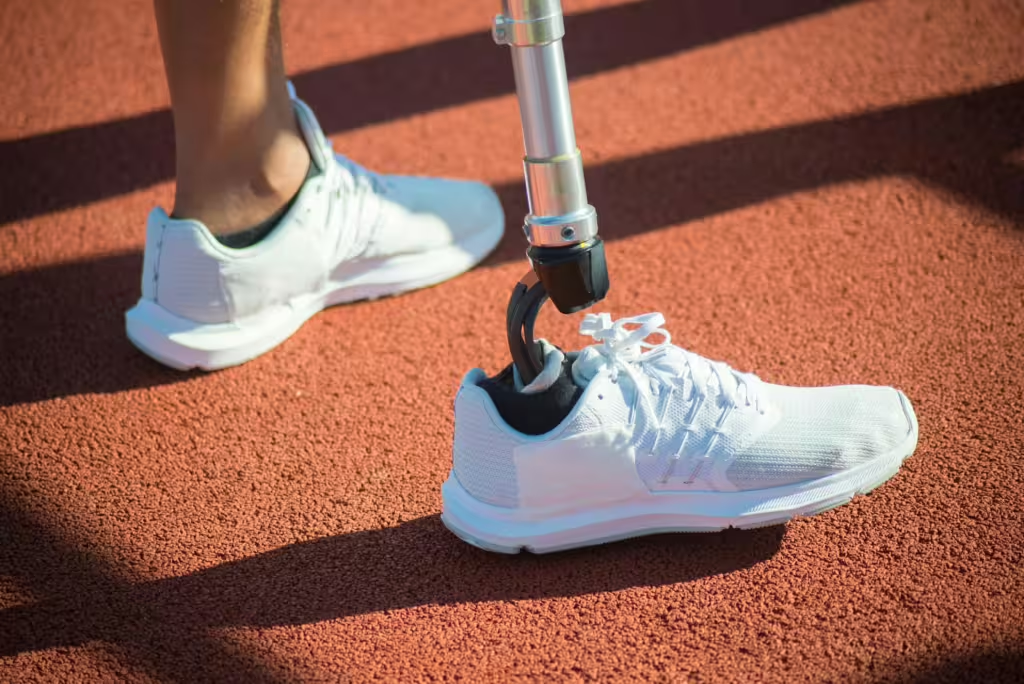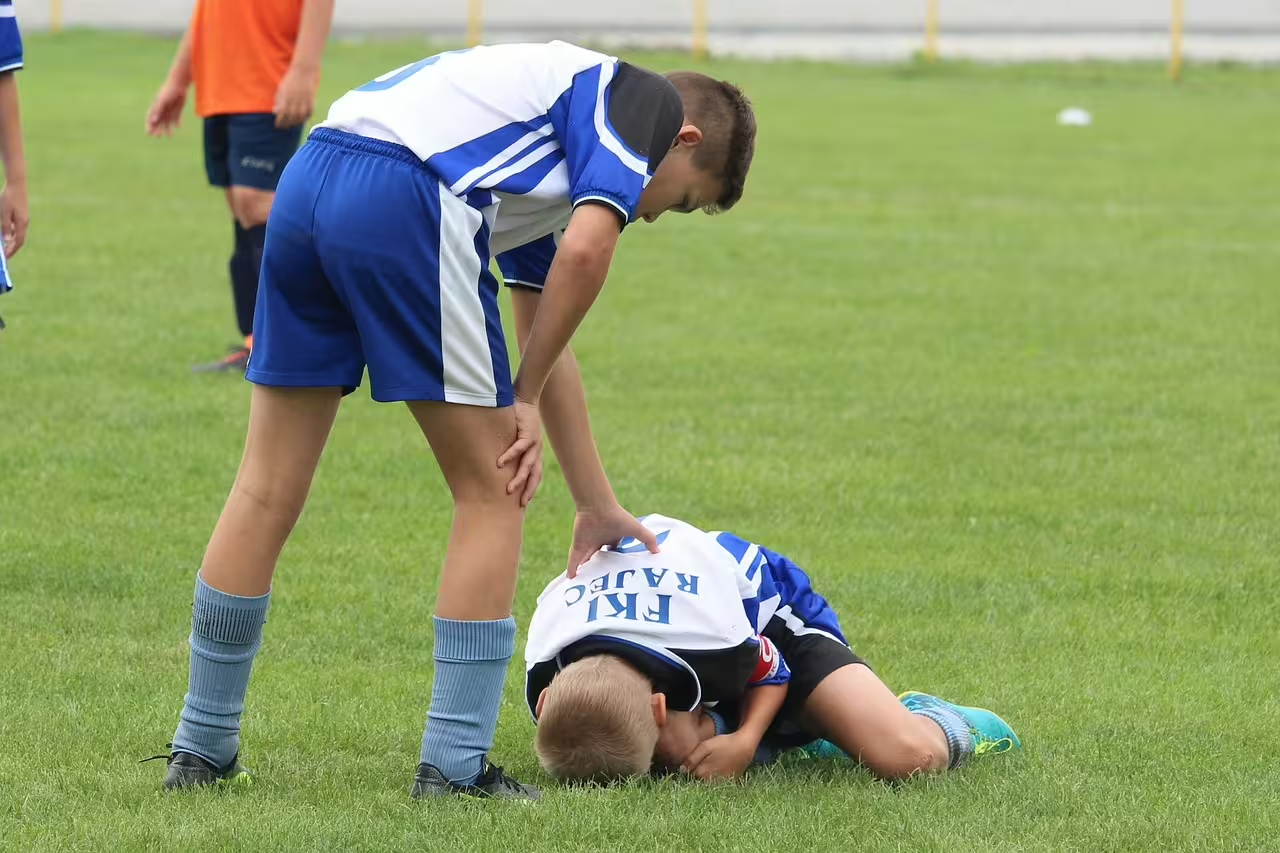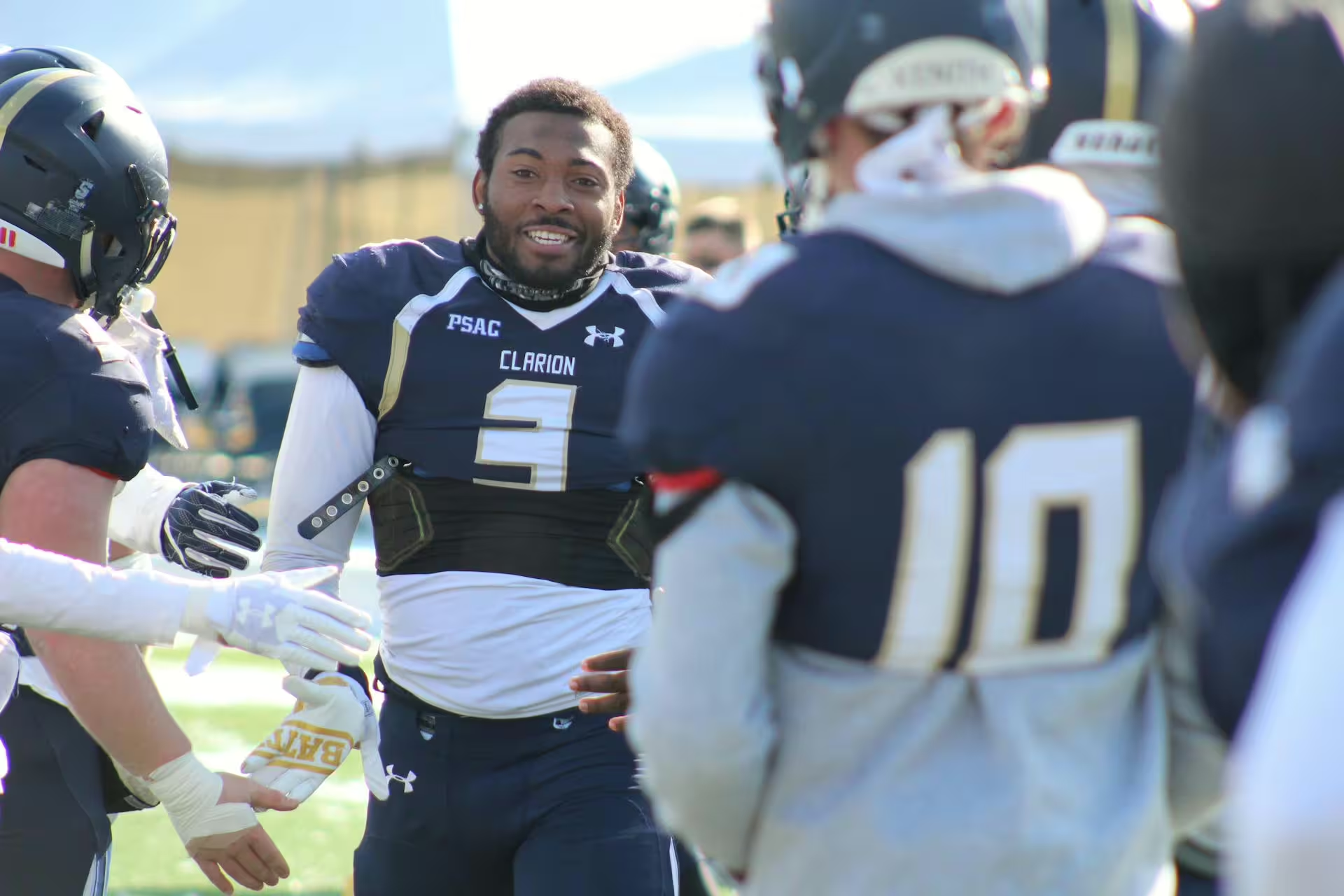These days, adaptive sports programs are becoming more and more mainstream. This is an excellent thing, because these programs provide incredible opportunities for children and older individuals with disabilities to participate in physical activity, develop new skills, and build confidence. The latter of these is especially important for children with disabilities, who may feel innately inadequate or like outsiders amongst their peers.
As popular as these problems have become, many parents still have questions about how these programs work, what benefits they offer, and how they can get their child involved in one. In this article, we have put together a list of common questions and answers that should help parents navigate the sometimes complex world of adaptive sports.
What are adaptive sports?
Adaptive sports are essentially modified versions of traditional sports that have been designed to meet the needs of individuals with physical, sensory, or intellectual disabilities. Most of these sports tend to involve modified rules, specialized equipment, and courts or environments that have been adapted so that they can accommodate the specific requirements of players with disabilities. Many of the more popular adaptive sports closely resemble their mainstream counterparts only with minor modifications, however, others are more uniquely designed for individuals with specific disabilities. Ultimately, the goal of these sports is to provide inclusive, accessible, and competitive opportunities for all individuals, regardless of their physical or cognitive challenges. It should also be noted that many adaptive sports are governed by official organizations to ensure standardization and fair play; this makes them a structured and organized option for children who want to stay active.
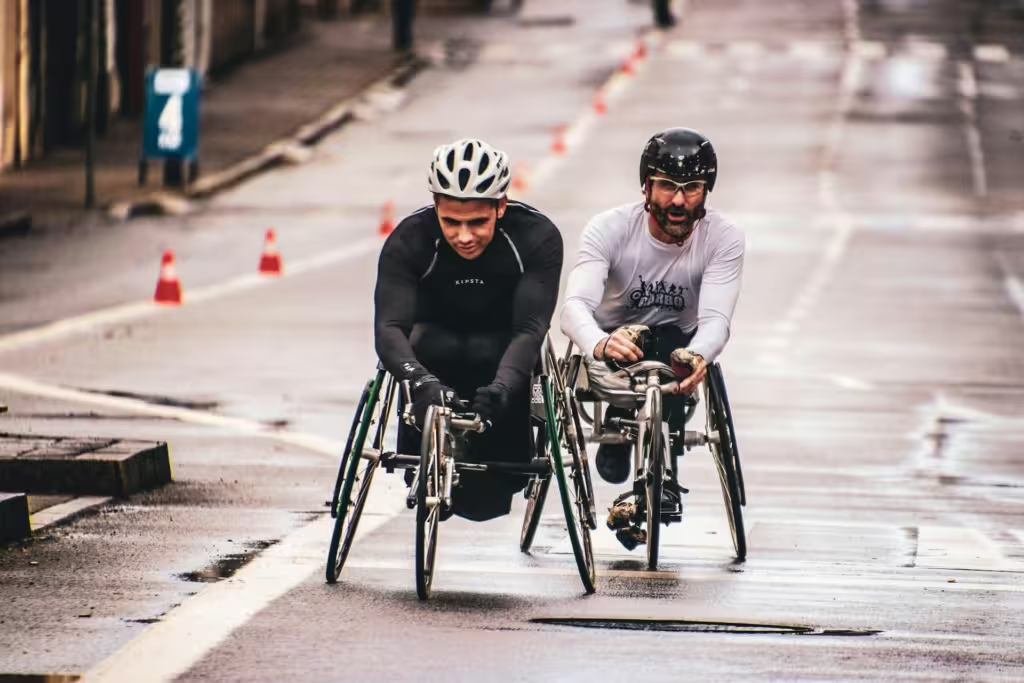
What are the benefits of adaptive sports for children?
This is perhaps the easiest question for us to answer. Adaptive sports help children improve their physical fitness, coordination, and motor skills. At the same time, these programs are an excellent way to foster social connections, boost a child’s self-confidence, and encourage some measure of independence. Participation in these activities can also lead to improved mental health.
Playing sports reducing stress and anxiety, while also enhancing cognitive function through strategic thinking and problem-solving during gameplay. When children play sports, they also develop teamwork, leadership, and perseverance skills, which can prove crucial in their academic lives and future careers. Finally, children that engage in adaptive sports can often find their identity and build a sense of belonging.
What types of disabilities do adaptive sports accommodate?
Adaptive sports accommodate a wide range of disabilities, including physical disabilities (such as spinal cord injuries, cerebral palsy, and limb differences), sensory impairments (such as blindness or hearing loss), and intellectual or developmental disabilities. The level of adaptation varies depending on the needs of the athletes, ensuring that they can participate safely and effectively. Some sports cater to individuals with multiple disabilities, while others focus on specific impairments. Through a combination of specialized coaching, adaptive equipment, and rule modifications, these sports make physical activity possible for a diverse group of children, ensuring that everyone has a chance to engage and excel in a supportive and accommodating environment.
Are adaptive sports competitive or recreational?
They can be both, as it turns out. While some programs focus on recreational play, others offer a more competitive scene. The latter of which offers children opportunities to play at local, national, and even international levels. The largest, most popular of these events will be the Paralympics and Special Olympics. The more recreational adaptive sports programs have little to do with high-level competition, instead emphasizing the importance of fun, skill-building, and socialization. These programs provide children with an enjoyable way to stay active without any added pressure.
Conversely, competitive programs allow young athletes to train rigorously, compete at high levels, and in some, rare cases, even represent their country on the world stage. Regardless of the level of play or competition, adaptive sports foster a degree of personal growth that will enable children to pursue their passions in the way that suits them best.
How can I find an adaptive sports program near me?
If you’re in the market for an adaptive program to suit your child’s specific needs, your first stop would likely be the Internet; so welcome. Second, you should check with local community centers, disability organizations, schools, and local sports clubs. Organizations like the National Center on Health, Physical Activity and Disability (NCHPAD) and Disabled Sports USA provide directories of adaptive sports programs for children of all ages. At the same time, national and international sports organizations also offer online resources where you can search for programs based on location and sport type. Social media and local networking groups can be valuable tools as well, helping parents connect with like-minded individuals.
Do adaptive sports require special equipment?
Some adaptive sports require special equipment, but it mostly depends on the disability and the sport in question. For example, wheelchair basketball requires a sports wheelchair, and adaptive skiing may require a sit-ski or similar contrivance. Many programs will provide this equipment or have rental options for participants. The vast majority of this specialized equipment is designed to maximize comfort, mobility, and safety while ensuring that athletes can compete on an even playing field with one another.
Some examples of this adaptive equipment are prosthetic limbs designed for running, hand cycles for cycling enthusiasts, or wheelchairs with added mobility for organized sports. While some of these items can be expensive, grants, funding programs, and donations from nonprofit organizations often help make them more accessible. It should also be noted that some programs allow children to try equipment before committing to purchasing, ensuring the best possible fit for the child’s specific needs and making sure the equipment fits comfortably enough to wear.
How much do adaptive sports programs cost?
Costs for these programs vary, just as they do for many mainstream sports programs. Still, some adaptive sports organizations are free or low-cost. Don’t kid yourself though, most of them require fees of some sort for equipment and participation. These costs are usually used to pay coaches, buy equipment, and run things. As one might expect, grants and scholarships are available for some.
What parents need to be aware of is the general expense costs, which often include registration fees, travel costs for competitions, and training sessions with specialized coaches. For those struggling financially, some organizations offer financial assistance programs or sponsorship opportunities. Community fundraising events and nonprofit support can also help cover costs and are often tied to the sports leagues themselves.
Are adaptive sports safe for my child?
Adaptive sports are as safe for your child as any other sport; probably more so, since they feature specialized rules, equipment, and coaches. Organizers and coaches, in particular, often prioritize safety over victory. Regular risk assessments and structured coaching strategies are often implemented and can help minimize the likelihood of injuries. Many adaptive sports programs provide safety training and ensure that instructors are well-versed in emergency response protocols.
Most coaches ensure that proper warm-ups, stretching routines, and injury prevention exercises are in place and fully integrated into practice sessions. These procedures are meant to maintain athletes’ well-being and keep their bodies loose and ready for play. If you’re concerned about safety, don’t be afraid to discuss any concerns you have with program coordinators and coaches. They get questions like that all the time and are well-placed to provide specific details on how safety measures are tailored to meet each individual participants’ needs.
Can my child participate if they’ve never played sports before?
These programs are excellent for beginners and experienced athletes alike. In fact, many programs are quite welcoming for beginners and focus on skill development at all levels. Whether your child is trying a sport for the first time or transitioning from a traditional sports background to an adaptive one, these programs provide the right amount of training and support to help them feel comfortable.
Coaches and trainers in adaptive programs often work closely with new athletes to assess their abilities and gradually introduce them to the sport in a safe manner. Many organizations also offer mentorship programs, in which more experienced athletes guide and encourage newcomers.
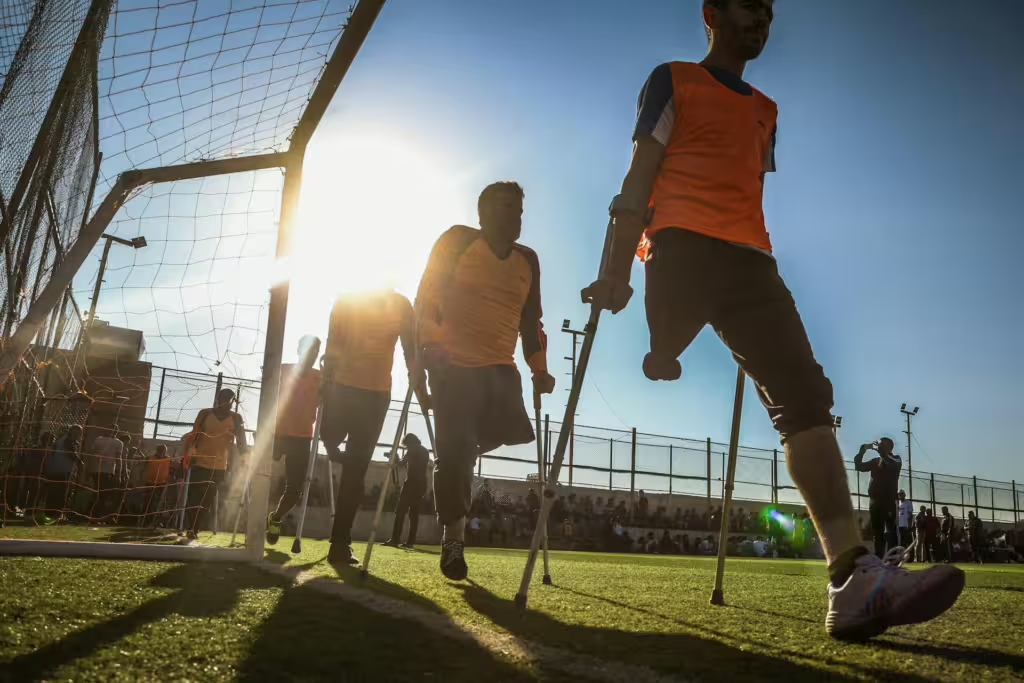
What if my child has a progressive condition?
Many adaptive sports programs can accommodate children with progressive conditions. These programs will adjust their play style and activities based on a child’s abilities over time. Coaches and trainers are flexible and have been trained to work with athletes whose physical abilities may change, modifying techniques and strategies to ensure ongoing participation.
What’s the difference between Special Olympics and Paralympics?
The Special Olympics tends to be for individuals with intellectual disabilities, while the Paralympics is for athletes that possess some measure of physical or visual impairment.
Can children with autism participate in adaptive sports?
Children with autism are more than welcome to participate in adaptive sports! In fact, many programs include modifications that allow them to support children with autism, such as more structured routines and sensory-friendly environments.
What are some popular adaptive sports?
Some of the most popular adaptive sports include wheelchair basketball (which we mentioned earlier), as well as sitting volleyball, sled hockey, goalball (for visually impaired athletes), and adaptive skiing.
Are there team sports for children with disabilities?
There are absolutely team sports for children with disabilities! Indeed, many adaptive sports programs focus on team-based activities like wheelchair rugby and power soccer. There are also unified sports teams that integrate children with and without disabilities onto the same team.
How do I know if a sport is right for my child?
The best way to test something like this out is to invite your child to do it! If they don’t ever try, they will never know, That’s why parents should be ready to actively encourage their child to try different sports activities and see what they enjoy most. And remember, many programs offer trial sessions for kids who want to try stuff out.
Are there adaptive sports for children who use prosthetics?
Many sports accommodate young athletes that use prosthetics. So, whether they have a prosthetic arm, leg, or other limb, they can run, swim, or cycle with the best of them.
Can my child play sports with their non-disabled peers?
There is no reason that a child should not be able to play sports with their non-disabled peers, at least outside a sports setting. As it happens, there are many inclusive sports programs that allow children with and without disabilities to play together with modifications as needed.
How can I help my child feel confident in sports?
The best thing any parent can do for their child in terms of sports is to encourage them to try, celebrate their progress, and focus on the fun rather than the competition.
What is a Paralympic sport classification?
Paralympic athletes are classified based on their functional abilities. This is in an effort to ensure fair competition.
Can my child compete in adaptive sports at school?
Not every school has a direct line to adaptive sports, that said, some do offer adaptive sports programs, you just have to ask the school about it. Also, remember that laws like the Individuals with Disabilities Education Act (IDEA) support inclusive athletic opportunities, so they can be cited when looking for school-based sports opportunities.
What is the youngest age for adaptive sports?
Though it varies by sport, many adaptive sports programs start as young as 3-5 years old; so long as ghere is some degree of parent involvement.
Are there scholarships for adaptive sports?
There are certainly plenty of scholarship programs out there for sports like these! Many organizations offer grants and scholarships to help with equipment and travel costs.
How do I advocate for adaptive sports in my community?
Parents should feel free to reach out to schools, local government, and community centers to encourage more inclusive sports programs in their area.
Cultured Athlete Says…
As you can see, adaptive sports are represent an amazing opportunity for children with all ranges of skills or disabilities. In the end, the goal of sports is that every child should have fun, stay active, and feel included—regardless of their abilities. Thus, adaptive sports open the door to some truly amazing experiences and lifelong benefits for children. And indeed, with so many options available, we’re sure that you’ll find the perfect sport for your child to enjoy!
Discover more from CulturedAthlete
Subscribe to get the latest posts sent to your email.

